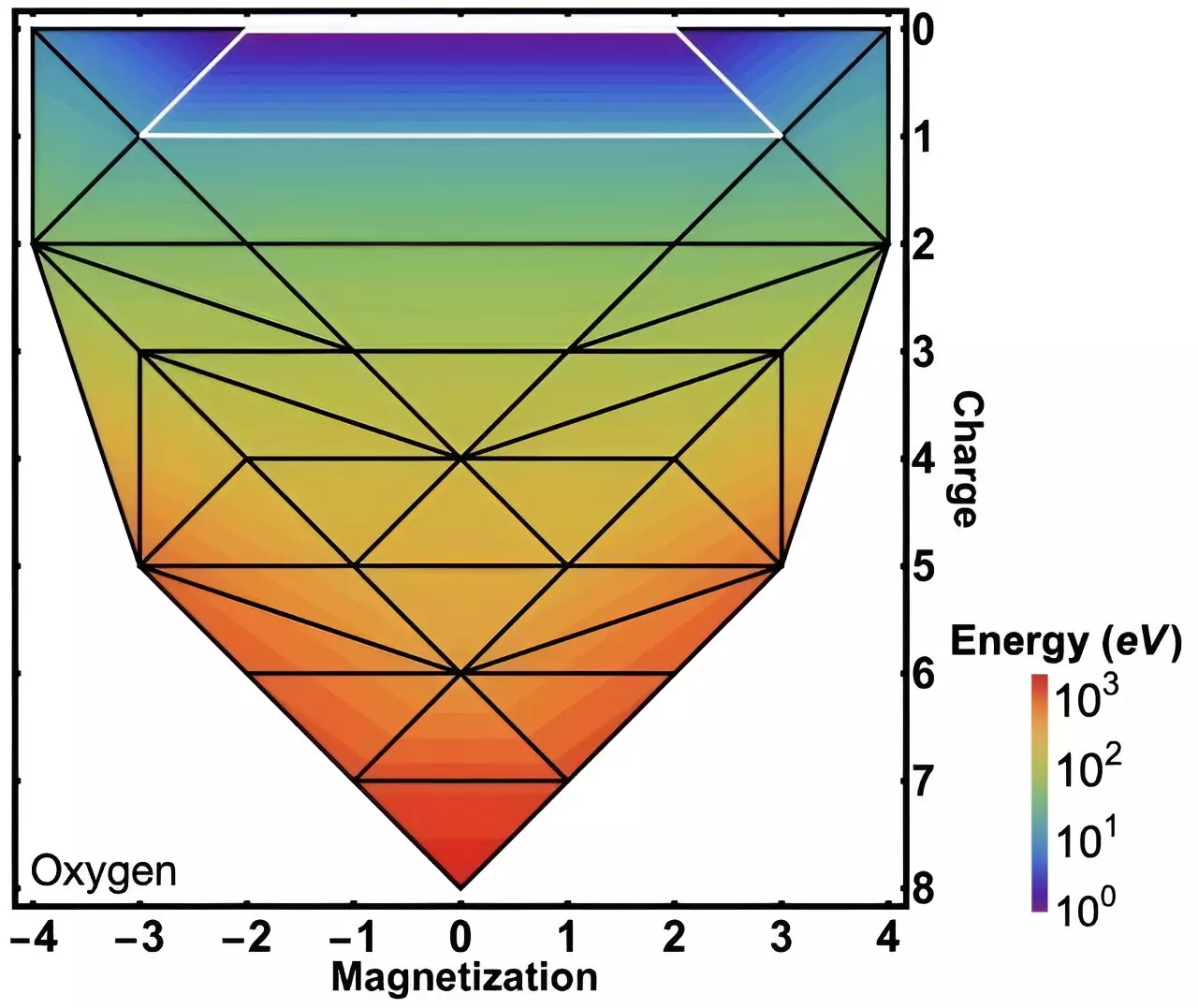At the forefront of quantum physics, an interdisciplinary team from Trinity College has achieved a monumental breakthrough by proving new theorems that provide detailed insights into the “energy landscapes” of quantum particles. This revolutionary work not only challenges long-standing questions in quantum mechanics but also presents exciting possibilities for the development of materials that could significantly enhance green technologies. Published in the esteemed journal *Physical Review Letters*, these findings offer a fresh perspective on the complexities surrounding the energy fluctuations of atomic and subatomic systems.
Aimed at improving the accuracy of computer simulations of materials, this new body of research unravels how changes in particle count and magnetism alter the energy states of various systems. By tracing the evolution of these systems, the researchers have built upon foundational work dating back to the early 1980s, charting a broader understanding of the underlying physics that governs matter at a quantum level.
Behind the Breakthrough
The research, spearheaded by Andrew Burgess, a doctoral candidate at Trinity, alongside Dr. Edward Linscott from the Paul Scherrer Institute, and Dr. David O’Regan, an Associate Professor at Trinity, reflects a unique blend of theoretical exploration and computational analysis. Their collaborative effort comes at a pivotal moment in the field of material sciences, where understanding the quantum realm is crucial for the advancement of technology.
The art of simulating materials on the atomic scale requires navigating intricate quantum mechanical equations that can be exceedingly challenging. Historically, researchers have had to rely on approximations; however, the latest theorems provide a clearer set of “exact conditions” that promise to enhance the reliability of these simulations. Faced with the growing need for more precise materials modeling, this team’s work may offer the guiding principles that researchers desperately need.
Visualizing Quantum Landscapes
To elucidate their findings, Dr. O’Regan crafted a striking analogy: consider a steep-sided valley constructed of angular tiles, reminiscent of the pixelated graphics of early video games. In this imaginative landscape, the height and gradients symbolize the fluctuating energy levels of isolated particle collections. By climbing the valley, scientists can manipulate the number of electrons tethering a molecule together while traversing sideways accentuates its magnetic properties. This metaphor not only captures the essence of their discoveries but also provides a compelling framework for visualizing the complex behaviors of quantum systems.
Burgess reveals that the impetus behind his research originated from a need to understand the configurations of energy valleys in relatively simple quantum systems. Delving into previous literature, he found a striking omission: existing frameworks had failed to comprehensively map the entire energy landscape, particularly for more complex multi-electron systems. This gap highlighted the necessity for the new theorems, which the team successfully developed to better define the intricacies of quantum interactions.
Navigating Real-World Applications
Dr. Linscott emphasizes the applicability of their findings. What may initially appear as abstract mathematics holds the potential for real impact, particularly in the search for next-generation materials that could advance renewable energy solutions. Whether it’s enhancing solar panel efficiency or creating more effective catalysts in industrial chemistry, a deeper understanding of energy landscapes could serve as a cornerstone for future innovations.
The insights gained from studying energy landscapes have far-reaching implications that extend beyond theoretical limitations. For instance, when a battery discharges, the fundamental changes in metal atoms—where particle counts and magnetic fields interact—align with the mechanics defined by this newly painted energy landscape. The resulting energy variations not only drive practical applications but also elucidate the foundational principles of energy use in real-world contexts.
Synergy of Theory and Simulation
Reflecting on the interplay between theory and practical application in this field, Burgess articulates a passion for the symbiosis of these two aspects. This synergy enables scientists to push the boundaries of knowledge while simultaneously refining simulation techniques. In the complex realm of material development, especially for applications targeting renewable energy, the relationship between quantum theory and simulation becomes increasingly critical and productive.
As this research unfolds, it invites further inquiry into the depths of quantum systems and their myriad applications, signaling a profound shift in how we approach materials science. With new theoretical frameworks established, the future of green technologies could be dramatically reshaped by harnessing the power of quantum mechanics—a promising horizon for sustainable development in our society.

